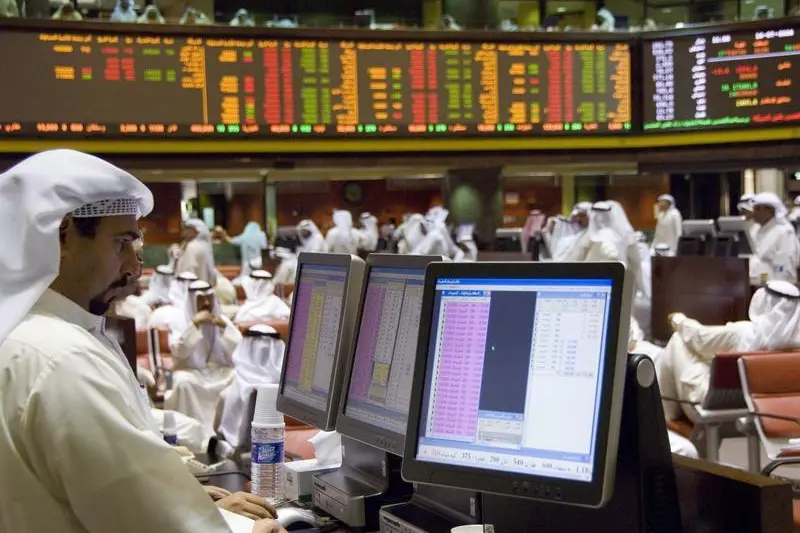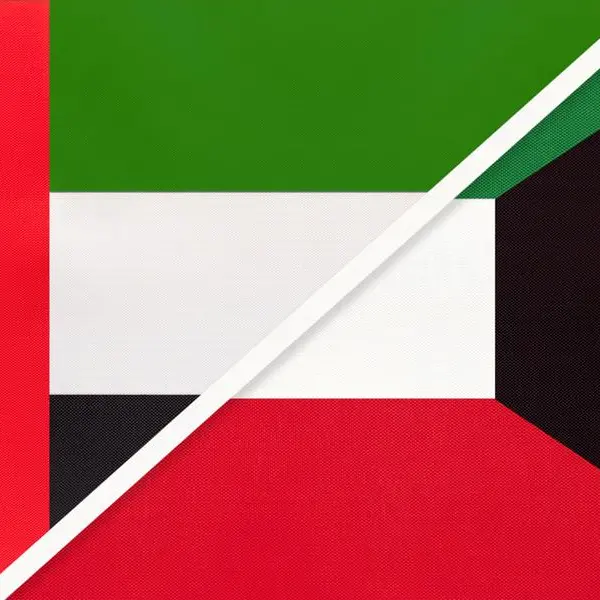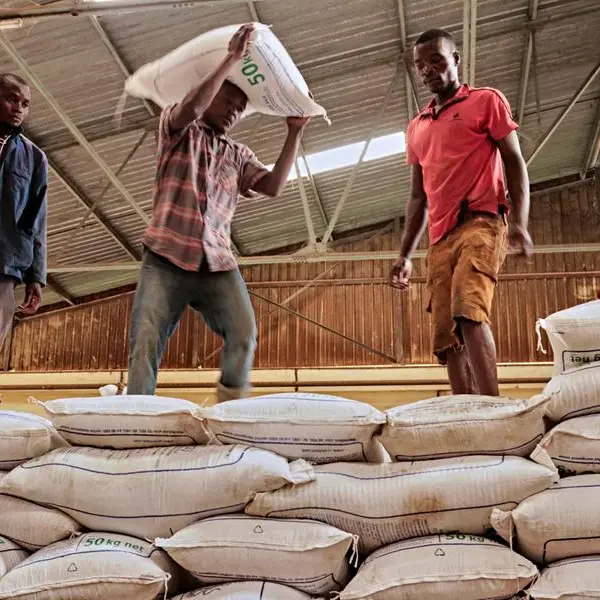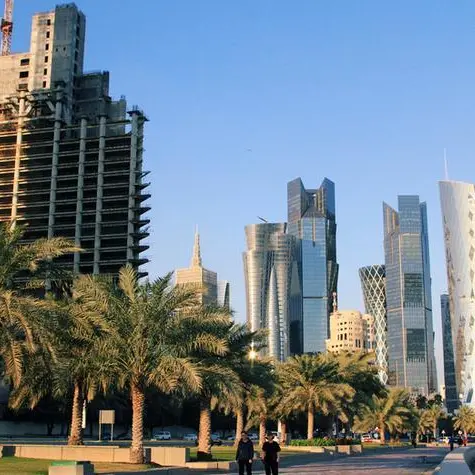PHOTO
KUWAIT: Inflation in consumer prices retreated slightly to 2.9 percent year-on-year (y/y) in August. The pace remains near 3.0 percent, the average of the last three months, and of the first eight months of the year. The small dip in August was mainly due to a decline in food prices. Food inflation slid into negative territory in August as global food prices remained in decline. However, core inflation (excluding food costs) edged higher, from 3.5 percent y/y in July to 3.7 percent y/y in August as inflation in furnishings & household maintenance, clothing & footwear and ‘other goods & services’ gathered some momentum. We expect CPI numbers to firm up as early as September when the report will incorporate the recent increase in gasoline. As a result, we project an annual average inflation rate of 3.4 percent in 2016, a tick higher than the 3.3 percent reading in 2015.
Local food prices slipped into deflationary territory in August as global food prices continued to decline. Local food inflation declined in August, albeit marginally, by -0.2 percent y/y. Local food prices have been weighed down by the sustained weakness in international food prices. According to the Commodity Research Bureau, international commodity food prices fell by -3.2 percent y/y in August. The tepid growth in local food prices is in turn being echoed in the non-durable goods inflation data, which has been trending lower since the beginning of this year.
Both furnishings & household maintenance inflation and inflation in clothing & footwear gathered some pace in August. Inflation in the furnishings & household segment rose from 2.6 percent y/y in July to (a still relatively muted) 3.0 percent y/y in August. After almost two years of sub-1 percent y/y rates, clothing & footwear inflation accelerated from 0.5 percent y/y in July to 1.3 percent y/y in August.
The acceleration can be attributed to the higher demand for goods in this segment during the summer holiday season and in preparation for the new academic year in late August/early September. Inflation in the ‘other goods & services’ category continued to trek higher in August. Price growth in this segment, which is mostly comprised of imported goods, such as personal care products and jewelry, rose from 1.2 percent y/y in July to 1.8 percent y/y in August.
The ongoing rise in inflation in this category could be explained by higher jewelry prices, as gold prices continued to rally into August. Prices in the transportation sector fell for the eighth straight month in August. Transportation costs fell by 1.9 percent y/y, unchanged from June’s reading. Inflation in this sector has been trending lower since at least 2009 mainly due to softer growth in both car prices and airfares. However, we may see inflationary pressures in this segment rise in the short to medium-term as transport services readjust their prices/fares to reflect the fuel price hike that was imposed this September.
The Kuwaiti government reduced petrol subsidies in September in a bid to curb public spending amid dwindling oil revenues. This led to prices at the petrol pump soaring by 62.2 percent on average. Inflation in services, excluding housing, stood pat at a relatively weak 1.6 percent y/y in August. Inflation in services, which is mainly driven by housing rent inflation, remained unchanged at 5.1 percent y/y during the same month.
© Kuwait Times 2016












